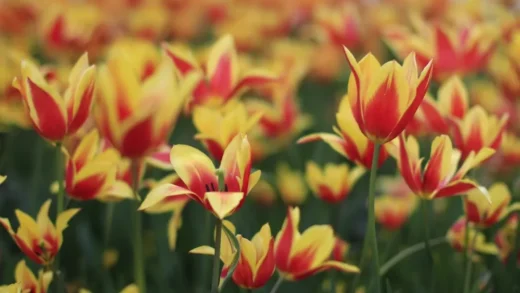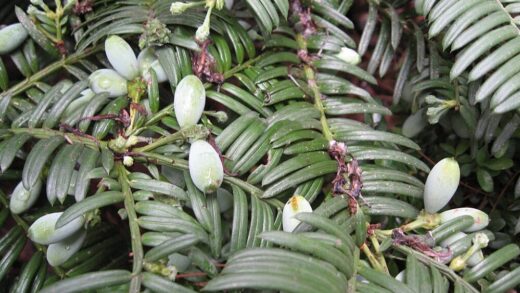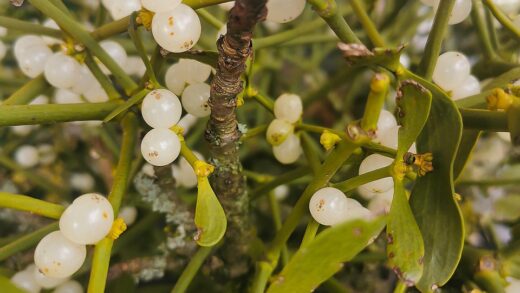Light is the fundamental source of energy for nearly all plants, and for the gardenia, providing the correct intensity and duration of light is a non-negotiable aspect of its care. This plant’s relationship with the sun is a delicate one; it craves brightness to fuel the production of its glossy leaves and abundant, fragrant flowers, yet it is intolerant of the harsh, direct rays that can scorch its sensitive foliage. Understanding and providing the optimal light conditions is paramount to cultivating a healthy, thriving gardenia. It is often the single most important environmental factor that determines whether the plant will merely survive or truly flourish and bloom prolifically. An aspiring gardenia grower must, therefore, become an astute manager of light.
The quest for the perfect light balance is central to solving many common gardenia problems. Insufficient light is a frequent cause of a plant’s failure to set flower buds, leading to disappointment for gardeners who see lush green growth but no blooms. A plant in a location that is too dim will often have sparse foliage and may develop weak, leggy stems as it stretches in a desperate search for more light. These light-starved plants are also generally less vigorous and more susceptible to pests and diseases, highlighting the foundational role that proper light plays in overall plant health.
On the other end of the spectrum, too much direct sunlight presents its own set of challenges. The intense heat and radiation from the midday and afternoon sun can cause the leaves to burn, resulting in brown, crispy patches and a stressed, unhealthy appearance. This excess exposure can also cause the plant to lose moisture too quickly, leading to wilting and placing a significant strain on its root system. The ideal condition is a bright, ambient light, similar to what the plant would experience on the edge of a woodland in its native subtropical habitat.
Ultimately, providing the right light involves careful observation of both the environment and the plant itself. The ideal location for a gardenia, whether indoors or outdoors, will change with the seasons as the angle and intensity of the sun shift. A spot that is perfect in the spring might become too shady or too sunny by mid-summer. A successful gardener learns to read the subtle cues from the plant—the color of its leaves, its growth habit, and its budding patterns—and adjusts its position or surroundings accordingly to maintain that crucial, delicate balance of light.
The role of light in flowering and health
Light is the direct fuel for photosynthesis, the process by which plants convert light energy into chemical energy to feed themselves. For a plant like the gardenia, which invests a tremendous amount of energy into producing large, complex, and highly fragrant flowers, an ample supply of light is absolutely essential. Without sufficient light, the plant simply will not have the energy reserves needed to initiate the budding process. This is why a common complaint from gardenia owners is a beautiful green plant that never flowers; the cause is very often inadequate light exposure.
More articles on this topic
The quality and color of the gardenia’s foliage are also directly tied to the amount of light it receives. In optimal bright, indirect light, the leaves will be a deep, glossy, emerald green. This rich color is a sign that the chlorophyll in the leaves is abundant and functioning efficiently. If the plant is in a location with too little light, the leaves may become a dull, pale green. Conversely, if the leaves are exposed to too much direct sun, they may take on a yellowish or bleached appearance, a sign of stress and chlorophyll damage.
Proper light exposure also contributes significantly to the plant’s overall structure and form. A gardenia receiving adequate light from all sides will grow into a dense, bushy, and well-proportioned shrub. In low-light conditions, the plant will exhibit a behavior known as etiolation, where the stems become elongated and “stretchy” as the plant reaches for a light source. This results in a weak, spindly, and unattractive form with large gaps between the leaves. Providing bright light encourages a more compact and robust growth habit.
Furthermore, a plant that is photosynthesizing efficiently is a healthier and more resilient plant overall. It will have a stronger root system and will be better equipped to fight off potential pests and diseases. Light is a fundamental component of the plant’s immune system, in a sense. A plant that is weakened by a lack of light is an easy target for opportunistic insects and fungal infections. Therefore, ensuring your gardenia receives the right amount of light is not just about aesthetics and flowers; it is about maintaining its core vitality.
Finding the optimal indoor location
For a gardenia grown indoors as a houseplant, finding the right location is a critical decision that will impact its health all year round. The goal is to provide at least four to six hours of bright, indirect sunlight each day. The best location is typically near an east-facing window. This placement allows the plant to receive several hours of direct, but gentle, morning sun, which is not usually strong enough to cause scorching. For the rest of the day, it will receive bright, indirect light.
More articles on this topic
A south-facing window can also be a good option, especially during the winter months when the sun’s intensity is lower. However, during the spring and summer, a south-facing window may provide too much direct, intense sunlight, particularly during the middle of the day. If a south-facing window is your only option, you will need to filter the light. This can be accomplished by placing a sheer curtain over the window or by positioning the plant a few feet away from the window so that it is not in the direct path of the sun’s rays.
West-facing windows should generally be approached with caution. They provide several hours of direct, hot afternoon sun, which is often too intense for a gardenia and can easily lead to leaf scorch. If you must use a west-facing window, ensure the plant is well back from the glass or that the light is significantly filtered. A north-facing window, on the other hand, will almost never provide enough light for a gardenia to thrive or bloom. While the plant might survive in a north-facing window, it will likely have sparse growth and will not produce flowers.
It is also a good practice to rotate your indoor gardenia every week or two. Turning the pot a quarter turn each time ensures that all sides of the plant receive equal light exposure. This practice promotes even, symmetrical growth and prevents the plant from leaning or becoming one-sided as it reaches towards the primary light source. This simple step can make a significant difference in the overall shape and appearance of your plant over time.
Light requirements for outdoor gardenias
When planted outdoors in a suitable climate, the same principles of bright, indirect light apply. The ideal location is one that mimics the dappled light of a woodland edge. This means the plant should receive some direct morning sun but be protected from the intense, scorching heat of the afternoon sun. A planting spot on the east side of a house or a fence is often perfect, as it will be bathed in gentle morning light and then fall into shadow during the hottest part of the day.
Another excellent strategy for providing the right light for an outdoor gardenia is to plant it under the high canopy of tall trees, particularly deciduous ones. The leaves of the overhead trees act as a natural filter, creating a bright, dappled light environment that is perfect for gardenias. This setting protects the plant from the harshest rays of the sun while still allowing plenty of light to penetrate for photosynthesis. It also tends to create a more humid and sheltered microclimate, which further benefits the gardenia.
It is crucial to avoid planting a gardenia in a location that receives full, direct sun all day long, especially in warmer climates. This level of exposure is simply too stressful for the plant. The intense sun will heat the soil, dry out the leaves, and lead to a constant state of water stress, even if you are watering regularly. The leaves will likely become scorched and yellow, and the plant’s overall health will decline. Full shade is also not ideal, as the lack of light will severely inhibit flowering and lead to weak growth.
When choosing a spot, consider the seasonal changes in the sun’s path. A location that seems perfect in the spring when the sun is at a lower angle might become a hot, sun-baked spot by the middle of summer. Observe how the light moves across your garden at different times of the year before you commit to a permanent planting location. This foresight will save you the trouble of having to transplant a stressed or struggling plant later on.
Adapting to seasonal light changes
The amount and intensity of available light change dramatically throughout the year, and your gardenia care should adapt accordingly. During the spring and summer, the days are long and the sun is intense. This is the period of most active growth, and the plant needs plenty of bright light to support it. However, this is also the time when the risk of sunburn is highest. It is important to ensure that the plant, whether indoors or outdoors, is shielded from the most direct and powerful afternoon sun during these months.
In the autumn and winter, the situation reverses. The days become much shorter, and the angle of the sun is lower in the sky, resulting in significantly lower light intensity. For an indoor gardenia, this means you may need to move it to the brightest possible location you have, such as directly in a south-facing window, a spot that would have been too sunny in the summer. Clean your windows to allow the maximum amount of light to pass through. If natural light is very limited, supplementing with a full-spectrum grow light for several hours a day can make a huge difference in the plant’s health.
For gardenias that are brought indoors for the winter, the transition from the high-light outdoor environment to the low-light indoor one can be a major shock. This is a primary reason for the leaf drop that often occurs after the move. A gradual acclimation process, as discussed in the context of overwintering, can help the plant adjust. Using a supplemental grow light can also help to bridge this gap in light intensity and reduce the stress of the transition.
When spring arrives and you are preparing to move an overwintered gardenia back outdoors, you must reverse the acclimation process. The leaves that grew indoors over the winter are not adapted to the high intensity of direct outdoor sunlight and can burn very easily. You must “harden off” the plant by placing it in a shady spot initially and gradually introducing it to more light over a period of one to two weeks. This careful management of the seasonal light transitions is essential for maintaining a healthy gardenia year-round.


















